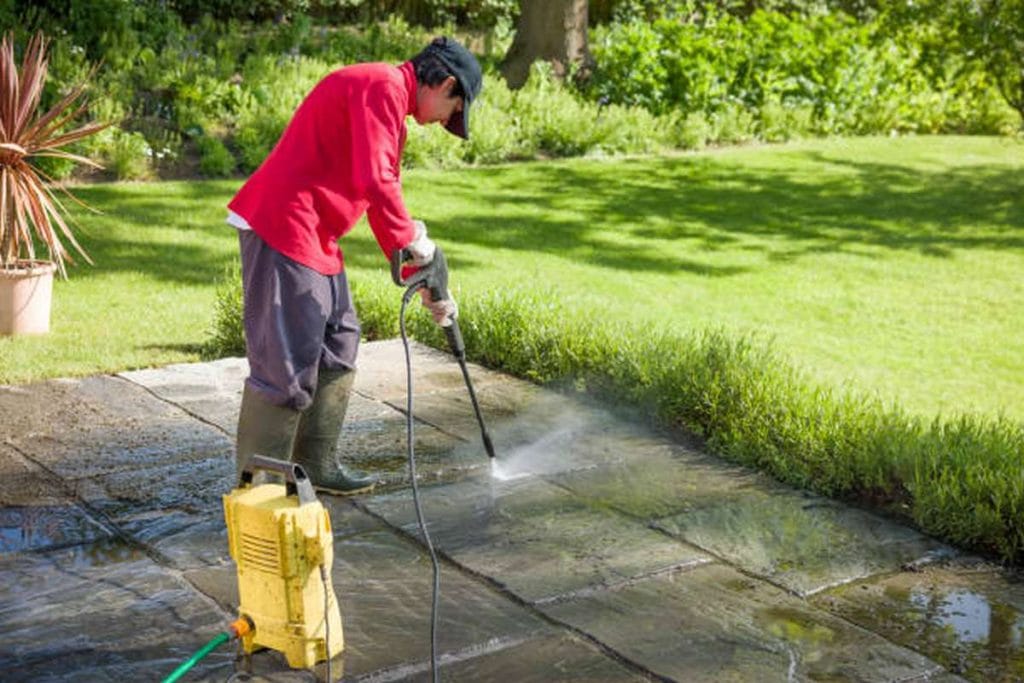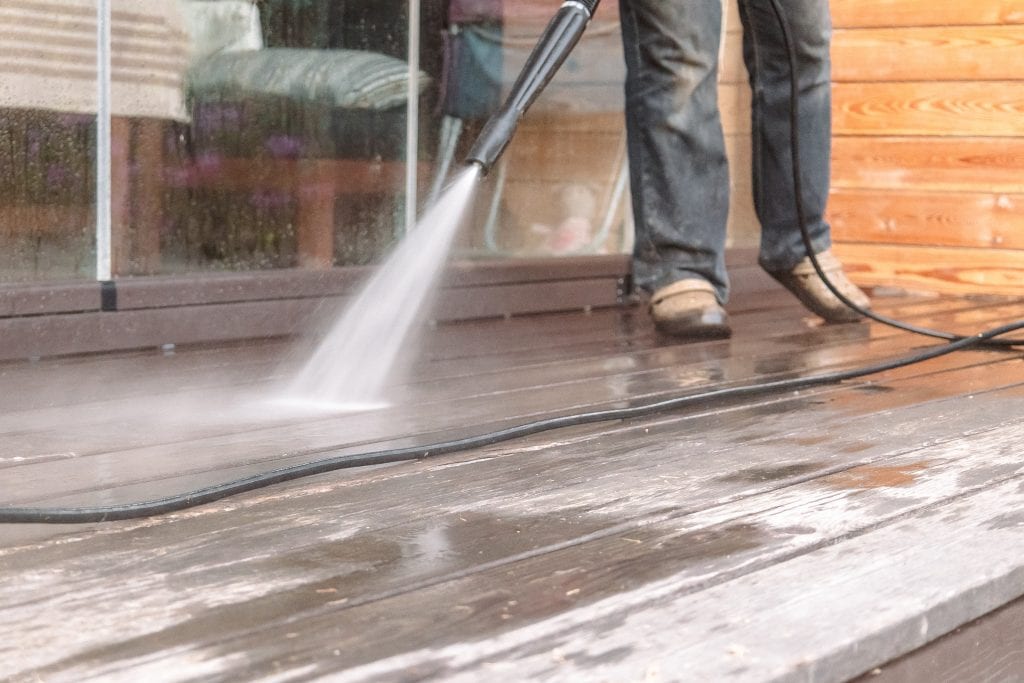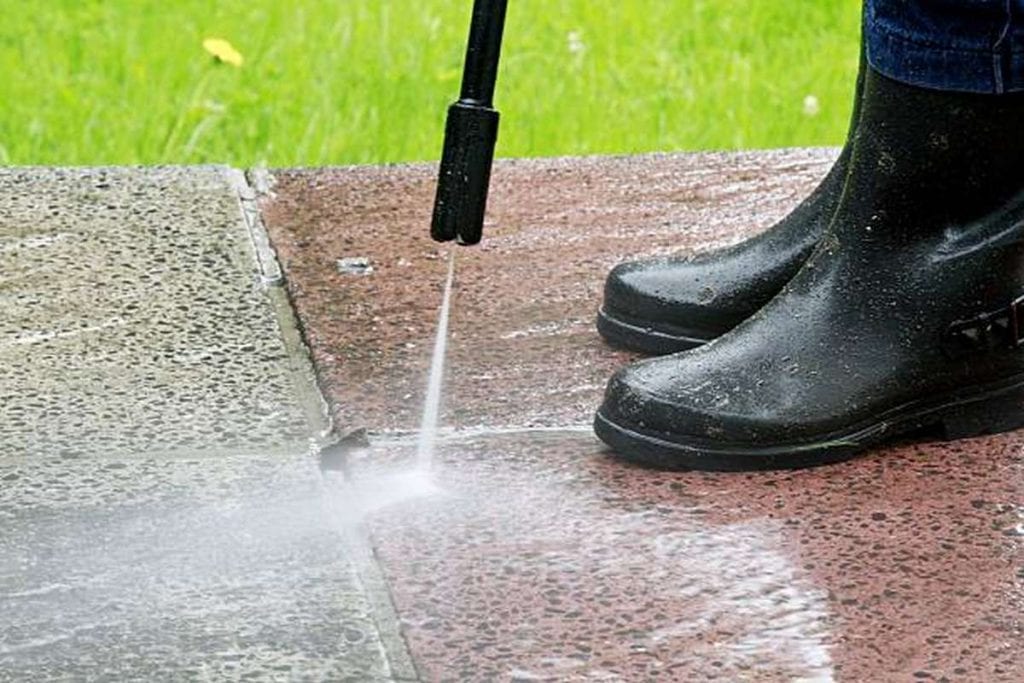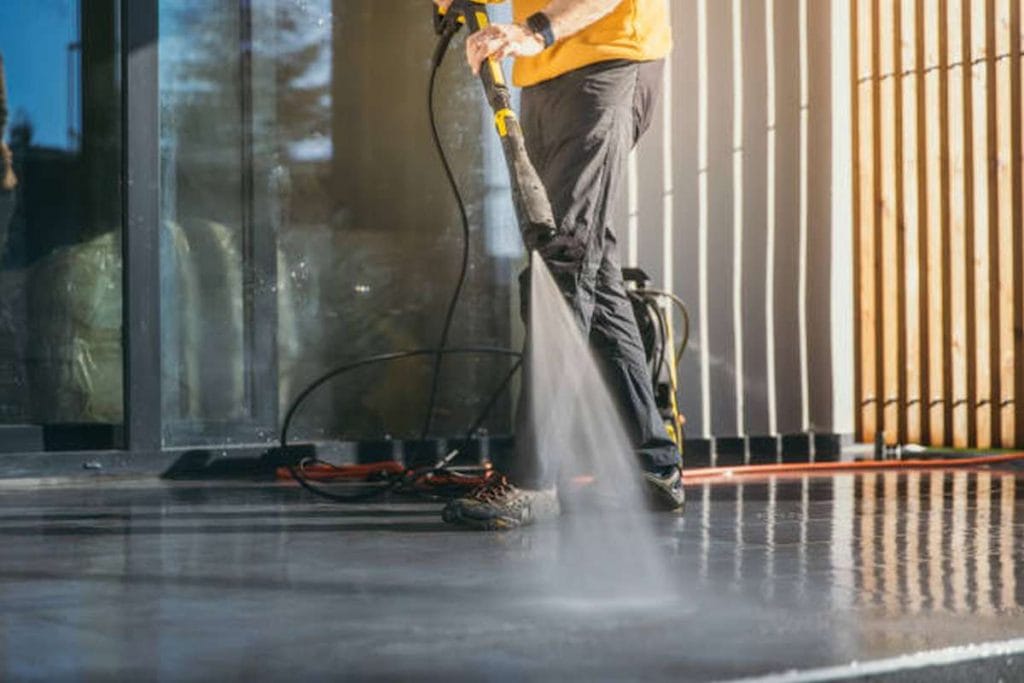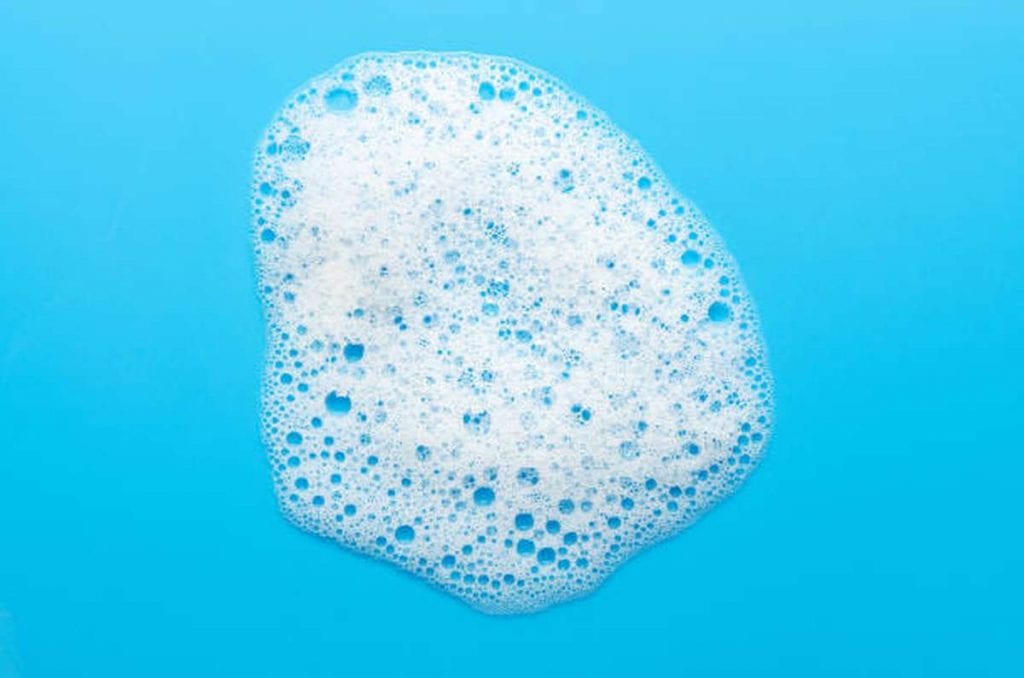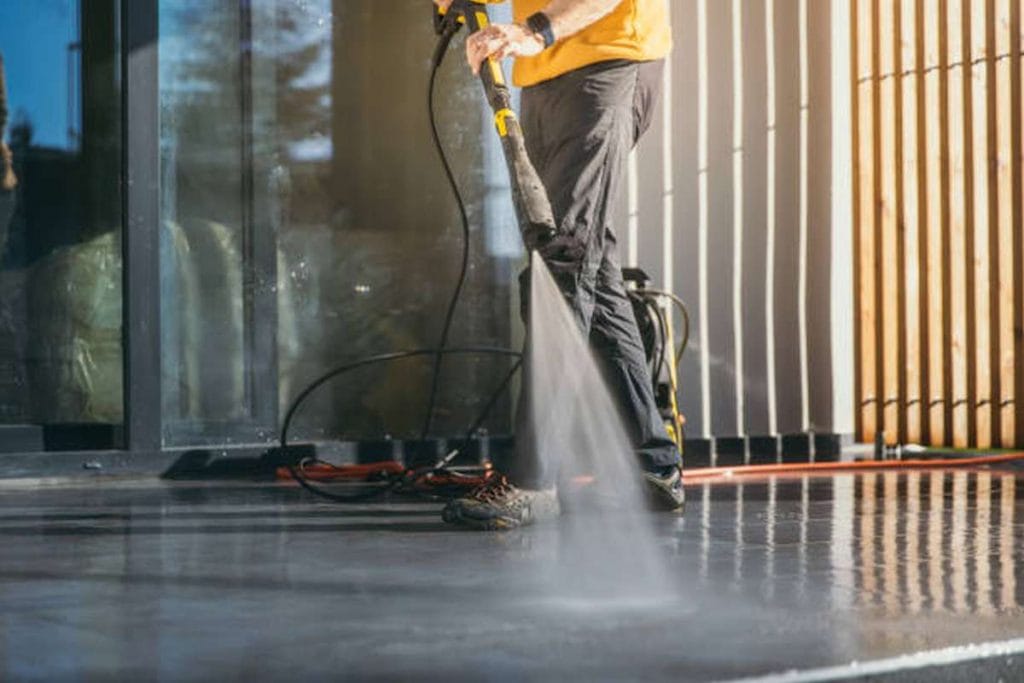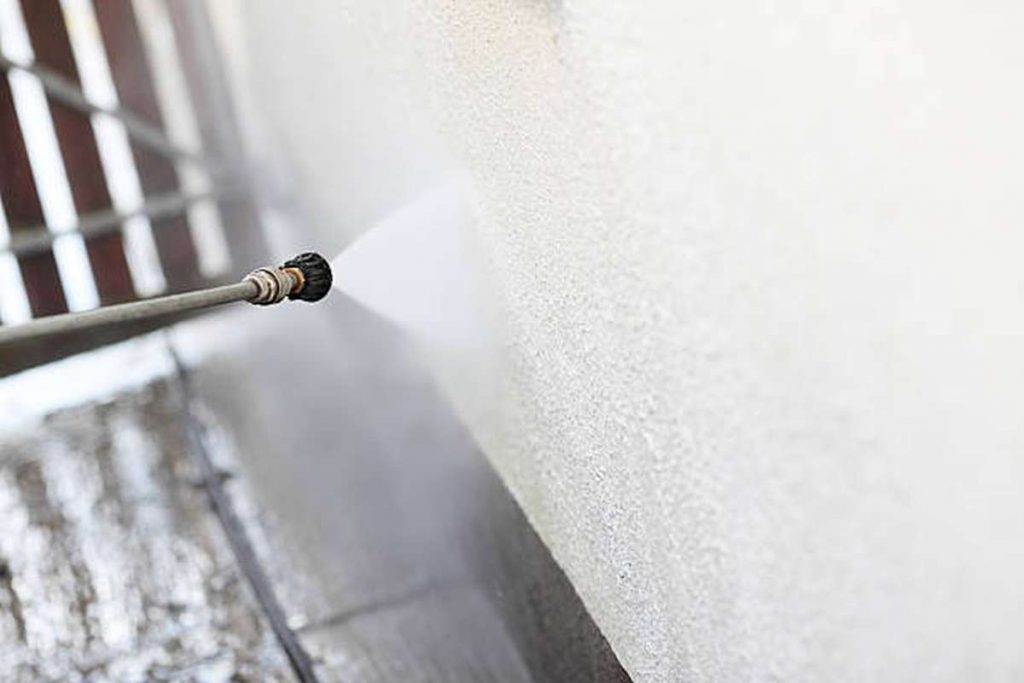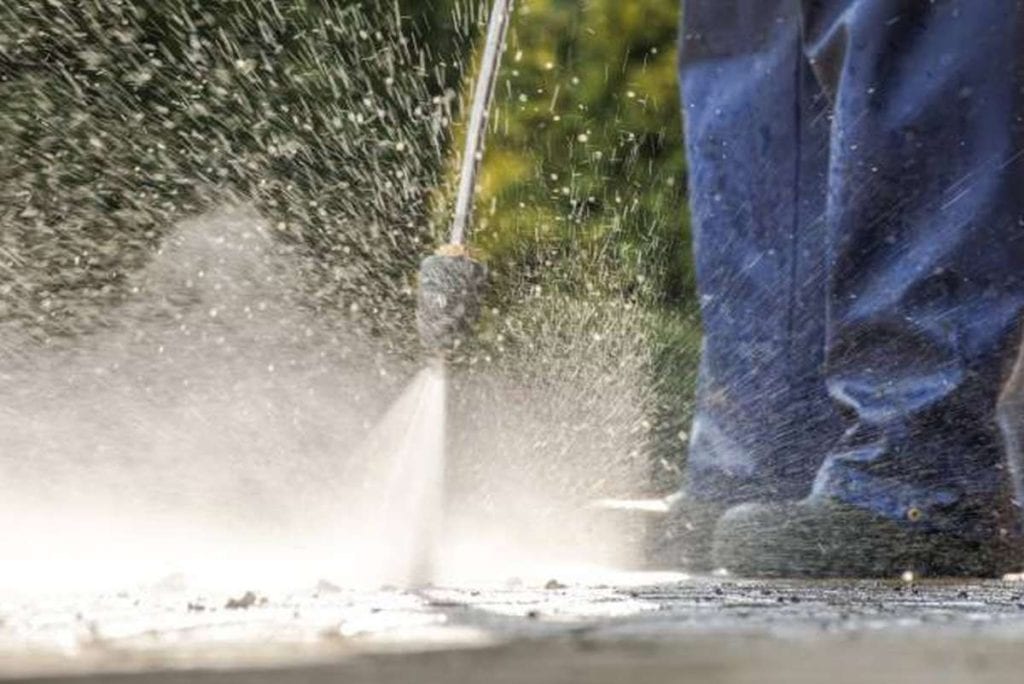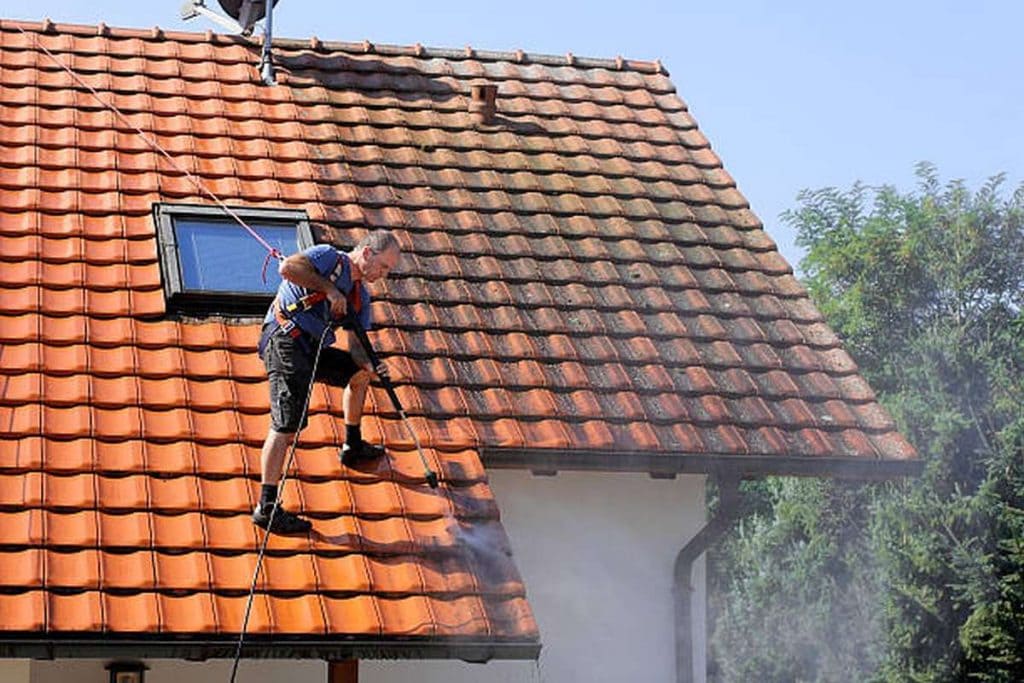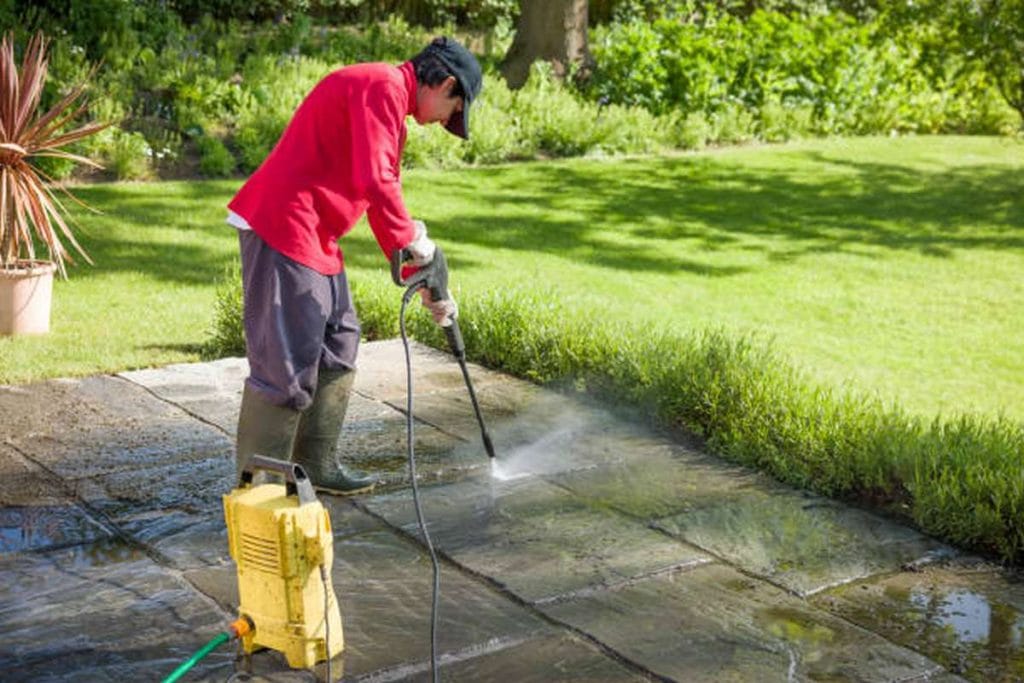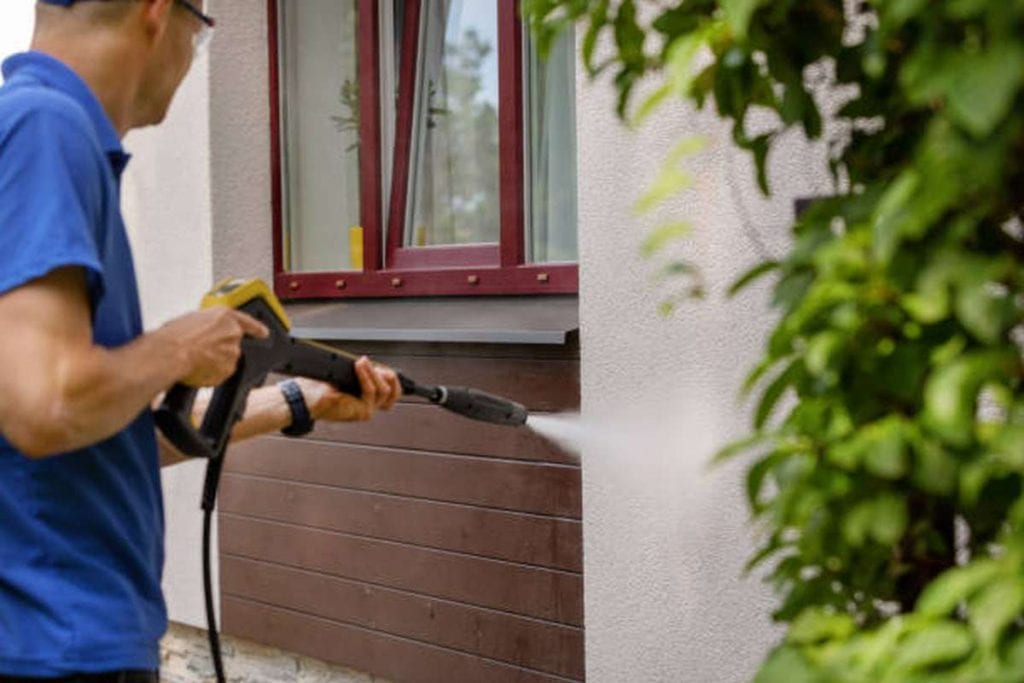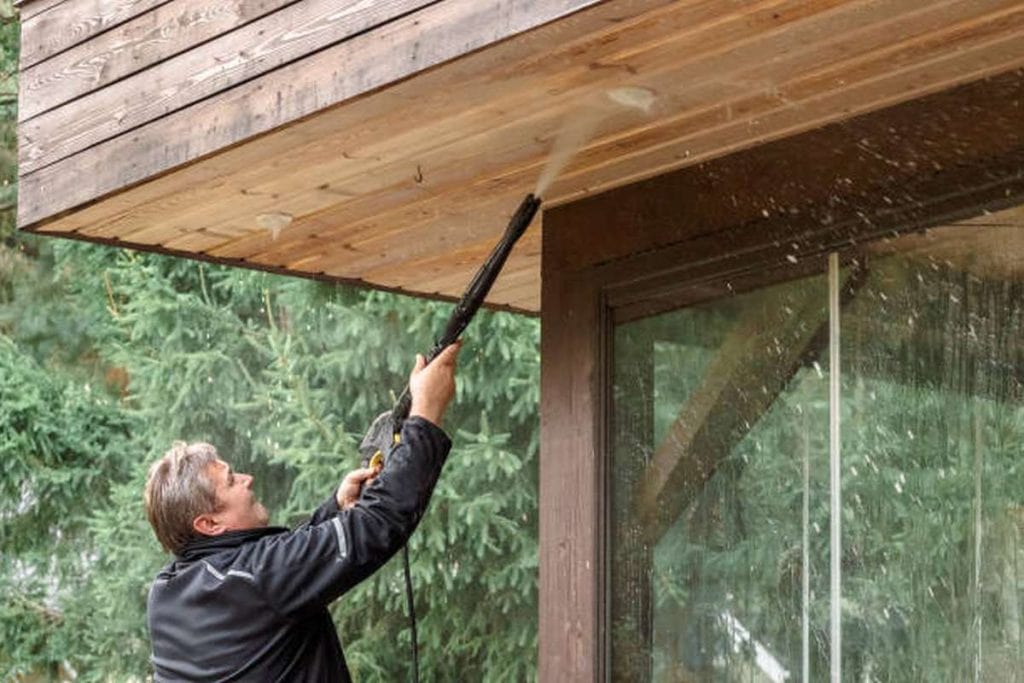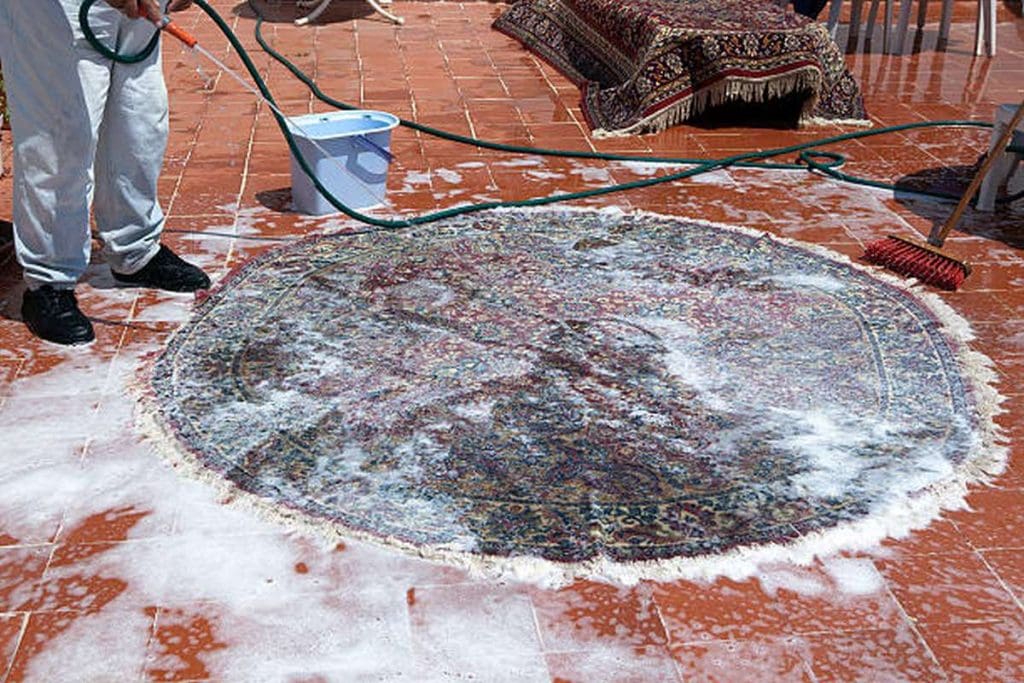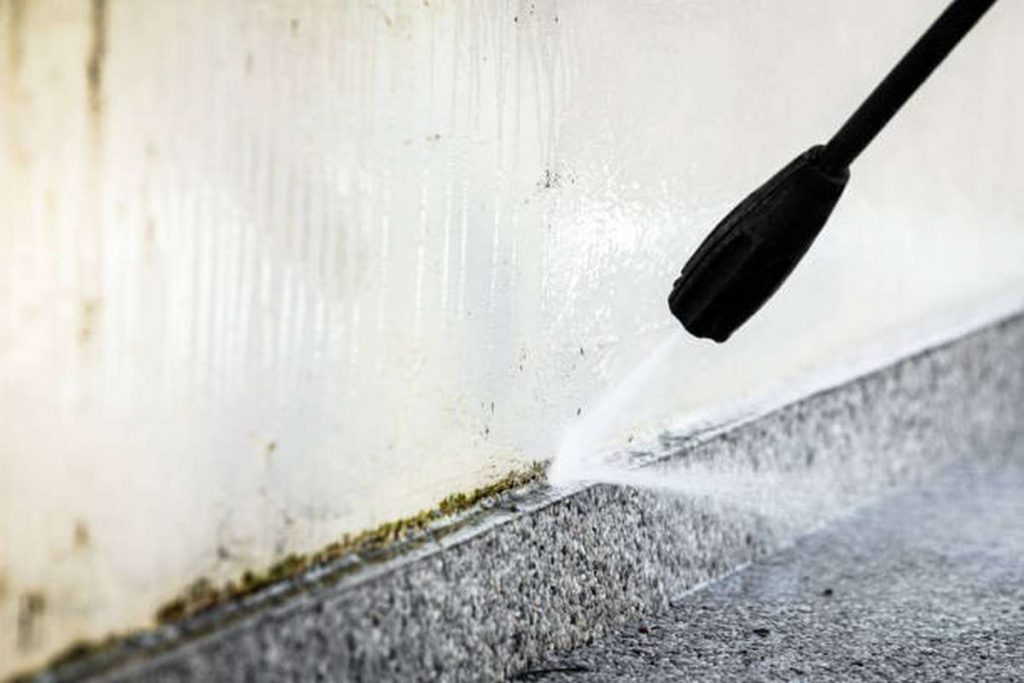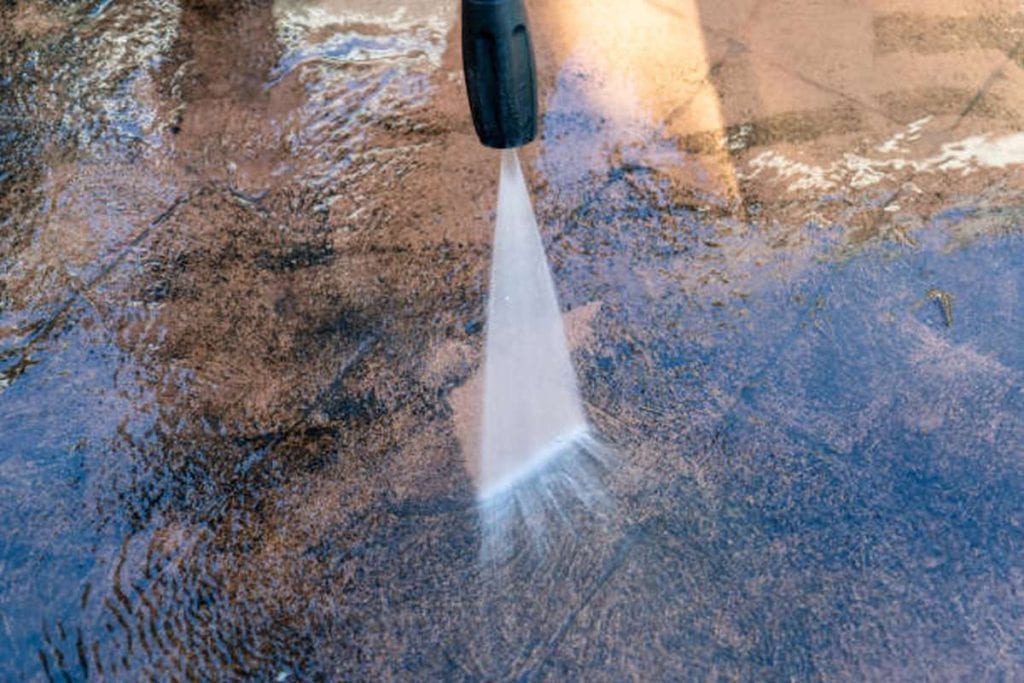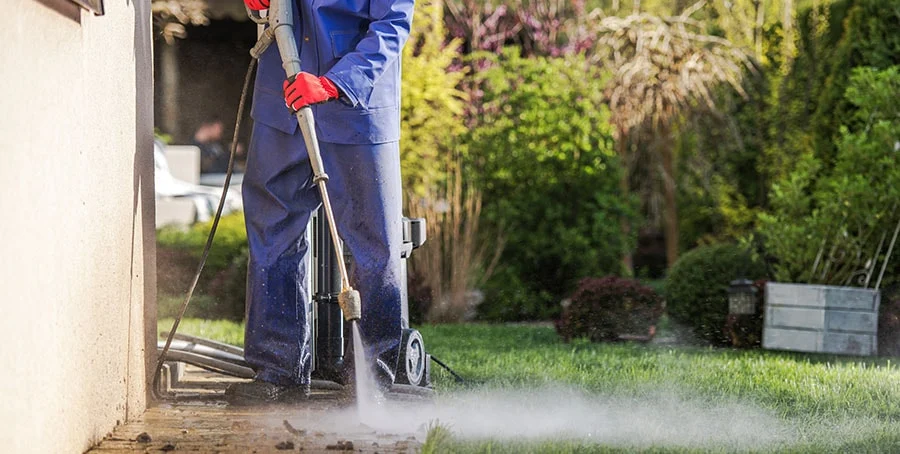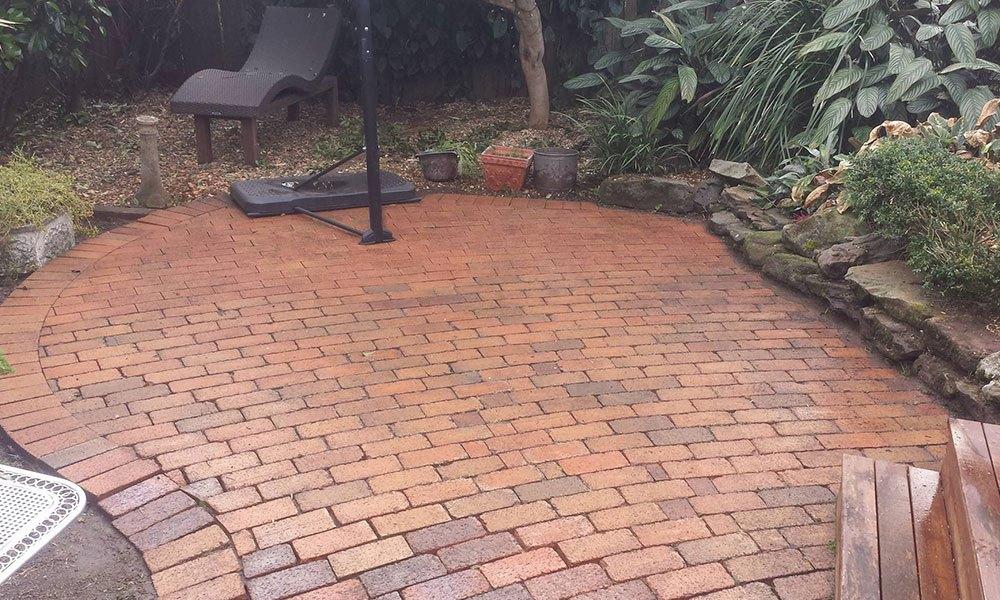Cleaning your floors can be a tedious and seemingly never-ending chore. Unfortunately, many people make mistakes that waste time and effort without actually making the floor any cleaner. Knowing what some of these common errors are can help you save time and energy while keeping your floors sparkling clean!
In this blog post, we’ll be discussing some of the most common floor cleaning mistakes - from using too much soap to neglecting certain areas - so that you can avoid them for good. Keep reading for more tips on how to make sure your floors are looking their best!
Common Cleaning Errors
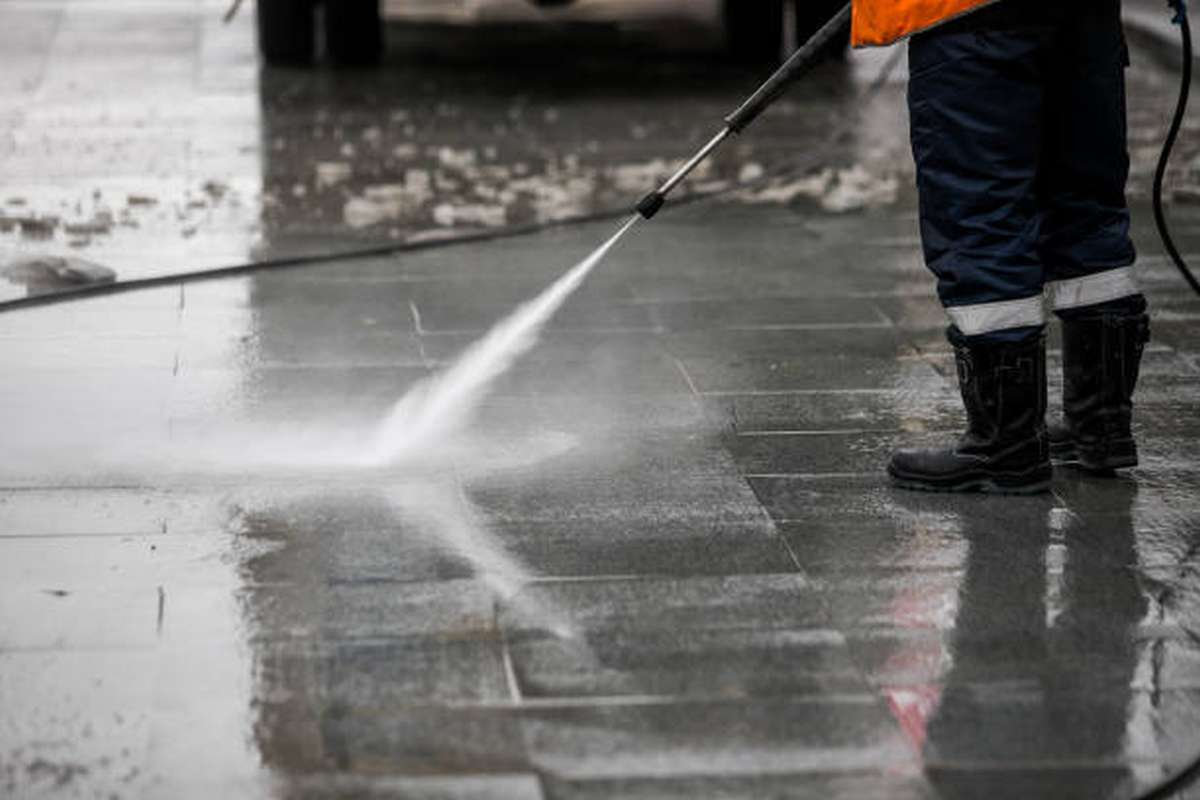
Cleaning Is Taking Too Long
Juice, water, coffee, and other beverages can all fall into the floor and cause damage. Any messes made on the floor should be cleaned up immediately. If you wait too long to mop up the floor after a spill, it will likely develop a stain that will be much more troublesome to clean. Also, when spills dry and solidify, you'll have to spend more time removing them.
Additionally, if you wait to wipe up food or drink spills immediately, they can become a breeding ground for insects like ants or roaches. You'd have to put in more effort since then you'd have to get rid of the bugs and the tough stains.
Failure To Follow Product Use Instructions
You finally found the perfect floor cleaner, and you're going to empty the entire bottle in a single room. Stop! Is that the best approach?
It's important to follow the directions while using any cleaning product, not only those designed for your flooring material. If you don't, you can end up with a tough-to-remove soap or wax buildup. It could also diminish the appearance of your floors.
Failure To Avoid Using Inappropriate Floor Cleaning Products
Most likely, you believe that all floor cleaning products are created equal. There are several flooring varieties, each requiring a unique set of cleaning tools. Learning the layout of your floor is an important first step.
Which of the following are constructed of hardwood, tiles, carpet, vinyl, or laminated wood? Hardwood floors can be damaged by chemicals found in tile cleaning products. Therefore you can't use them.
Not All Floors Can Be Cleaned With A Steam Mop
To remove stubborn grime and embedded debris from your flooring, a steam cleaner may be the best option. However, some flooring materials are unsuitable for steam cleaner use.
Vinyl, linoleum, porcelain, and ceramic tile can all benefit from steam cleaning. However, steam cleaning could damage some wood and laminate flooring types. Some people are completely unaffected by being steam cleaned.
How do you determine if your flooring can withstand a steam cleaning? If you're going to do it for the first time, you should contact the manufacturer or at least get some expert advice. A professional provider can provide you with a deep cleaning solution that won't damage your floors like steam can if your floors can't be steamed cleaned.
The Dangers Of Overusing Water
Water is a safe bet when washing your floors because it doesn't include any nasty chemicals that could potentially damage the surface. But if there's a lot of water, it could seep through the floorboards and cause some problems down the road.
Certain flooring options can withstand a lot of water, such as porcelain tile, but others can't. A common mistake is to use less water while cleaning hardwood floors, which can lead to warping and discolouration over time.
What, then, is an excessive amount of water? As a rule of thumb, a mop only needs quite so much water as it can hold. If you use more water than that, your floors may become saturated before you have a chance to clean them up.
You should use as little water as possible when mopping the floor. Water can be added but cannot be removed, so keep that in mind.
Water is the best way to clean your flooring. Getting the flooring wet before applying cleaning solutions or substances could be the most effective technique to prepare them for a thorough cleaning. But if you do this often, the water could soak into the flooring and ruin it beyond repair. To avoid this, mop your floors with plenty of water and wipe them dry.
Soap Abuse
Soap might be a good addition to the water you use to mop the floor. Some detergents include chemicals safe enough to wash your floors without worrying about any damage being done. But can traces of dirt or scuffs occasionally remain after dry cleaning?
Using less soap can lead to these problems. It's possible to do permanent damage to house floors if this is a habit you have. You only need sufficient water for cleaning and rinsing, and then you can mop your floors dry.
Using A Rough Scrubbing Motion
Cleaning your floor with an abrasive scrub can offer you peace of mind that filth and dust will be eliminated, but it can also harm the floor's texture and strip it of its original sheen or shine if you scrub too vigorously. You would want yourself and your guests to avoid witnessing this because it will damage the view from your floor.
Using modern, mild scrubs may keep your floor's aesthetic value.
Avoiding The Cost Of A Good Vacuum Cleaner
Since you aren't a professional cleaner, you may not require a vacuum. You can easily hire professional cleaners to come in and do a deep cleaning of your flooring. It would help if you kept up with your routine cleaning between deep cleanings. Should you settle for a mop or one of those standard brooms? Maintaining clean floors daily can be time-consuming; keep in mind that a high-quality vacuum can make the job much easier.
Ignoring The Need To Prepare The Floor Before Cleaning It
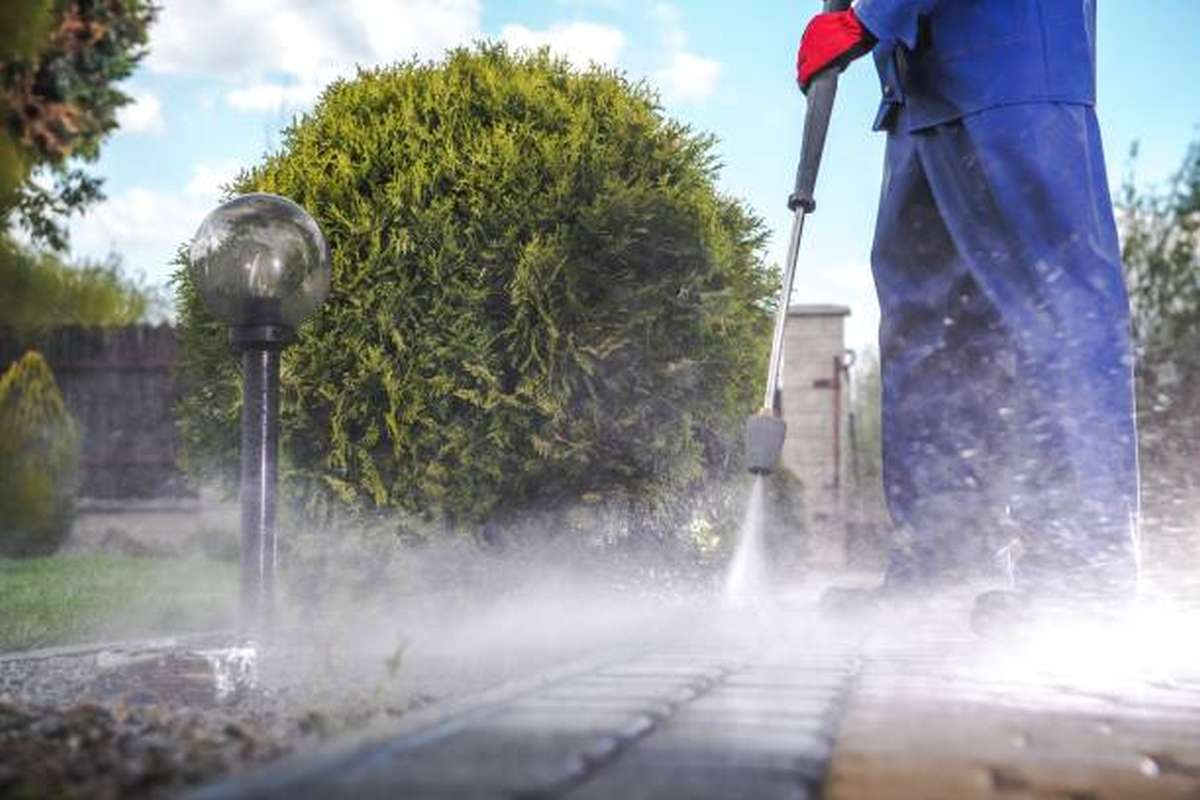
It's common to practise skipping this round of floor cleaning. Instead, the floor needs to be cleared so all areas can be covered, including under the sofa, under the tables, and on the floor itself. The dusting procedure then involves working from the ceiling to the floor.
When you finally get to the floor, you should first sweep it with a brush to get rid of any loose dirt and dust.
You Need To Learn How To Maintain Your Floors Properly.
Natural stone, hardwood, and laminate flooring are all extremely distinct. So, there are a variety of different ways to clean each one. In addition, your room may feature a combination of flooring types that require specialised maintenance strategies.
Research what is safe on your floors to avoid damaging them. Try out various risk-free options and pick the one that works best for you. In time, you'll develop a cleaning method that is risk-free, reasonably quick, and thoroughly cleans the space.
If you go more than a few months without giving your home a thorough cleaning afterwards, you should jot down some reminders.
Sticking To The Same Routine Each Time You Clean
Some flooring kinds need to be cleaned daily, and then on occasion, they need a more thorough cleaning or other forms of upkeep. Hardwood floors, for instance, need special chemicals that can moisturise the wood rather than necessarily clean it. As a result, they will maintain the ideal relative humidity level. If you need to clean the floors twice per month, you may have to switch tactics every three to four months.
Conclusion
Many people make mistakes that waste time and effort without actually making the floor any cleaner. Knowing what some of these common errors are can help you save time and energy while keeping your floors sparkling clean. From using too much soap to neglecting certain areas, we'll be discussing some of the most common floor cleaning mistakes. Vinyl, linoleum, porcelain, and ceramic tile can all benefit from steam cleaning. However, steam cleaning could damage some wood and laminate flooring types.
Some people are completely unaffected by being steam cleaned. Water is a safe bet when washing your floors because it doesn't include any nasty chemicals that could potentially damage the surface. If you're not a professional cleaner, you may not require a vacuum. You can easily hire professional cleaners to come in and do a deep cleaning. It would help if you kept up with your routine cleaning between deep cleanings.
Maintaining clean floors daily can be time-consuming; a high-quality vacuum can make the job much easier. Some flooring types need to be cleaned daily, and then on occasion, they need a more thorough cleaning or other forms of upkeep. If you go more than a few months without giving your home a thorough cleaning afterwards, you should jot down some reminders. In time, you'll develop a cleaning method that is risk-free, reasonably quick, and thoroughly cleans the space.
Content Summary
- It's not uncommon for the task of cleaning the floors to feel like a never-ending ordeal.
- Sadly, there are several common blunders that prevent individuals from getting a truly clean floor.
- The time and effort spent maintaining clean floors can be reduced by understanding and avoiding these frequent pitfalls.
- In this article, we'll go through some of the most typical blunders people make when cleaning their floors, from using too much soap to skipping over particular spots.
- If you want to know more about how to maintain the beauty of your floors, read on!
- Juice, water, coffee, and other drinks can all damage the floor if they happen to spill.
- The floor should be kept clean at all times.
- If you don't mop up a spill immediately, it will likely turn into a stain that will be much more difficult to remove later.
- Not cleaning up liquid spills right away might also attract pests like ants and roaches.
- Now that you've found the best floor cleaner, you plan to use the full bottle in a single room.
- Any cleaning product, not just those made specifically for your flooring type, should be used in accordance with the manufacturer's instructions.
- A buildup of soap or wax might be difficult to remove if this is neglected.
- Also, it might ruin the look of your flooring.
- You probably think that every product out there designed to clean floors is equally effective.
- Different types of flooring must be cared for using different products.
- The first step is to become familiar with the arrangement of your floor.
- Steam cleaning is ideal for hard surfaces including vinyl, linoleum, porcelain, and ceramic tile.
- On the other hand, there are varieties of wood and laminate flooring that could be harmed by steam cleaning.
- If your floors can't be steamed cleaned, a service provider can give you a deep cleaning solution that won't harm them like steam can.
- Floors can be safely washed with water because it contains no harsh chemicals that could scratch or dull the finish.
- However, if there is a great deal of water, it may eventually make its way down through the floorboards and cause issues.
- The likes of porcelain tile are among the few flooring materials that can resist high levels of humidity and moisture, whereas other materials can't.
- Avoiding the use of too much water in the cleaning of hardwood floors is a typical mistake that can cause the flooring to warp and fade over time.
- An acceptable amount of water for a mop is the amount it can hold.
- Cleaning the floors may become impossible if you use more water than that.
- When mopping the floor, you should use as little water as possible.
- Flooring that has been cleaned with water has a much longer lifespan.
- The best method of preparing floors for a thorough cleaning may be to get them wet first, then add cleaning solutions or substances.
- However, if you do this frequently, you run the risk of permanently damaging the flooring from the water.
- Avoid this by using a heavy mop and plenty of water.
- Mopping the floor with soapy water could help clean it more thoroughly.
- Though using an abrasive scrub to clean your floor can give you peace of mind that dirt and dust have been removed, doing so too vigorously can damage the floor's grain and remove the sheen or shine.
- The view from your floor will be impaired, so you and your visitors will want to avoid being there while this is happening.
- Maintaining your floor's aesthetic value may be as simple as using current, mild scrubs.
- Spending less on a high-quality vacuum cleaner.
- If you aren't planning on hiring professional cleaners, you might not need a vacuum.
- Carpets and other floor coverings can be professionally cleaned with little effort on your part.
- Maintaining a consistent cleaning schedule in between thorough cleanings will be helpful.
- It might be a hassle to keep the floors spotless on a regular basis, but a good vacuum will make short work of the task.
- It's standard procedure to avoid this step of the floor cleaning routine.
- Instead, the ground must be made level in order to cover everything—including the space beneath the furniture.
- The next step in dusting entails starting at the top and working your way down.
- Once you've reached the ground, the first thing you should do is give it a good sweep with a brush to get rid of the loose debris.
- There is a world of difference between hardwood, laminate, and natural stone flooring.
- There are, therefore, a wide range of methods for sanitising each type.
- It's also possible that your room has a variety of flooring materials, each of which will need separate care.
- Determine what can be used on your floors without causing damage by doing some reading up on the topic.
- Explore a range of risk-free choices until you find the one that suits you best.
- Over time, you'll find a way to clean that doesn't put you or anybody else in danger, doesn't take too long, and leaves the area sparkling.
- You should make notes to remind yourself to clean your house thoroughly if you go more than a few months without doing so.
- Implementing a consistent cleaning routine
- Some flooring types require daily cleaning, while others require more extensive cleaning or other maintenance on an as-needed basis.
- Special chemicals that can moisten the wood rather than just clean it are required, for example, when cleaning hardwood floors.
- Therefore, they will be able to keep the relative humidity where it needs to be.
- Keeping up with twice-monthly floor cleaning may need a strategy shift every three to four months.
FAQs About Floor Cleaning
There are four major steps in the maintenance process: Stripping, Scrubbing and Cleaning, Buffing and Polishing, and Burnishing. Understanding each step and the specific floor pads involved is crucial to achieving the best appearance and extending the life of the floor.
Sweep or vacuum first: Prevent your floor from becoming a sticky, muddy mess by sweeping or vacuuming the floor thoroughly before ever touching the mop to the floor. This is also a good time to pre-wash sticky or gunky spots that you notice when sweeping or vacuuming.
Give floors a good wash or steam once every couple of weeks, says Tetro. You might want to wash your kitchen floors a little more often, due to food bacteria that can spread around.
High-traffic areas, like kitchens, bathrooms, hallways, and entryways, require weekly mopping. Infrequently used rooms, such as formal living areas or guest rooms, can be mopped every other week, or even once a month, so long as they're vacuumed once every seven days to remove dust and grit.
To ensure there is no film build-up left behind the floors should be followed with a quick plain water rinse and a quick-drying to eliminate the chance of filmy residue left on the floors.

